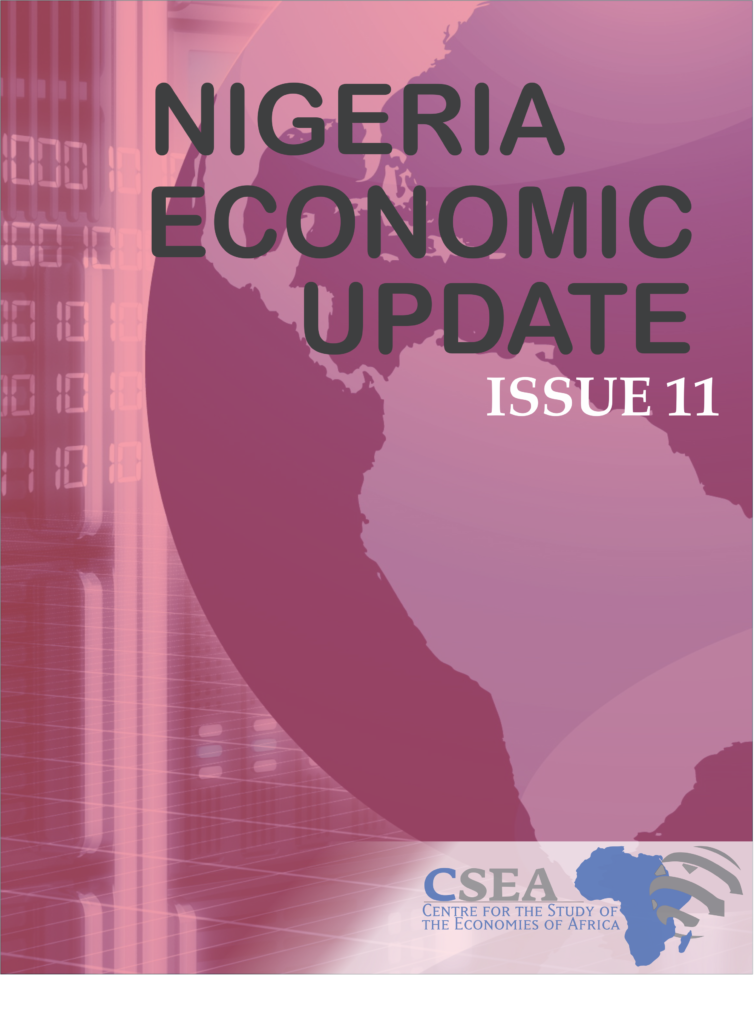Nigeria’s debt profile reached unprecedented high levels at the end of the year 2017. Figures obtained from the debt management office reveals that debt stock increased Year-on-Year by a significant 42.6 percent and Quarter-over-Quarter by 6.6 percent to N21.73 trillion as at December 20171. Domestic and foreign components of the debt profile grew to N3.35 trillion and N18.38 trillion respectively. The increased debt profile may have been triggered by domestic and foreign borrowings to fund Nigeria’s budget deficit, and excessive debt servicing costs – Nigeria serviced domestic debts to the tune of N1.48 trillion in 20172, about 29.13 percent of its total budget revenue. Implicatively, Nigeria’s debt to GDP ratio continues to increase, from 18.6 percent in 2016 to 21 percent
Macroeconomic Report & Economic Updates

March 9, 2018
Nigeria Economic Update (Issue 11)
Nigeria’s debt profile reached unprecedented high levels at the end of the year 2017. Figures obtained from the debt management office reveals that debt stock increased Year-on-Year by a significant 42.6 percent and Quarter-over-Quarter by 6.6 percent to N21.73 trillion as at December 20171. Domestic and foreign components of the debt profile grew to N3.35 […]
Read →
Related
Nigeria Economic Update (Issue 27)
The
Naira strengthened against the dollar in the review week. Specifically, the
Naira appreciated by 2.7 percent to N355/$ (parallel market rate) on June 17, 2016,
following the release of the flexible FOREX policy guidelines by the CBN on
June 15, 2016. The new policy effectively adopts a single market structure
hosted at the autonomous/inter-bank market. The inter-bank trading scheduled to
commence on June 20, 2016 will be market-determined, officially eliminating the
N197/$ peg. To ensure foreign exchange liquidity, primary market dealers have
been introduced while the CBN will participate in the market through periodic interventions.
